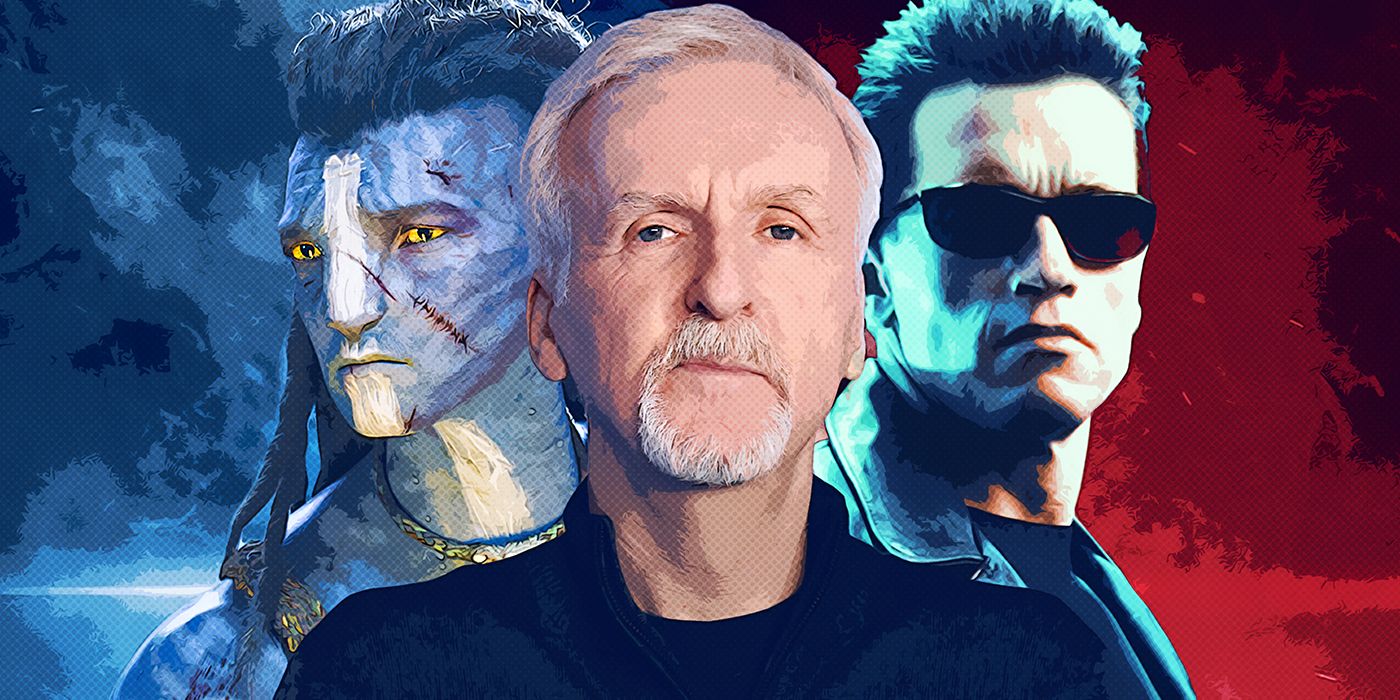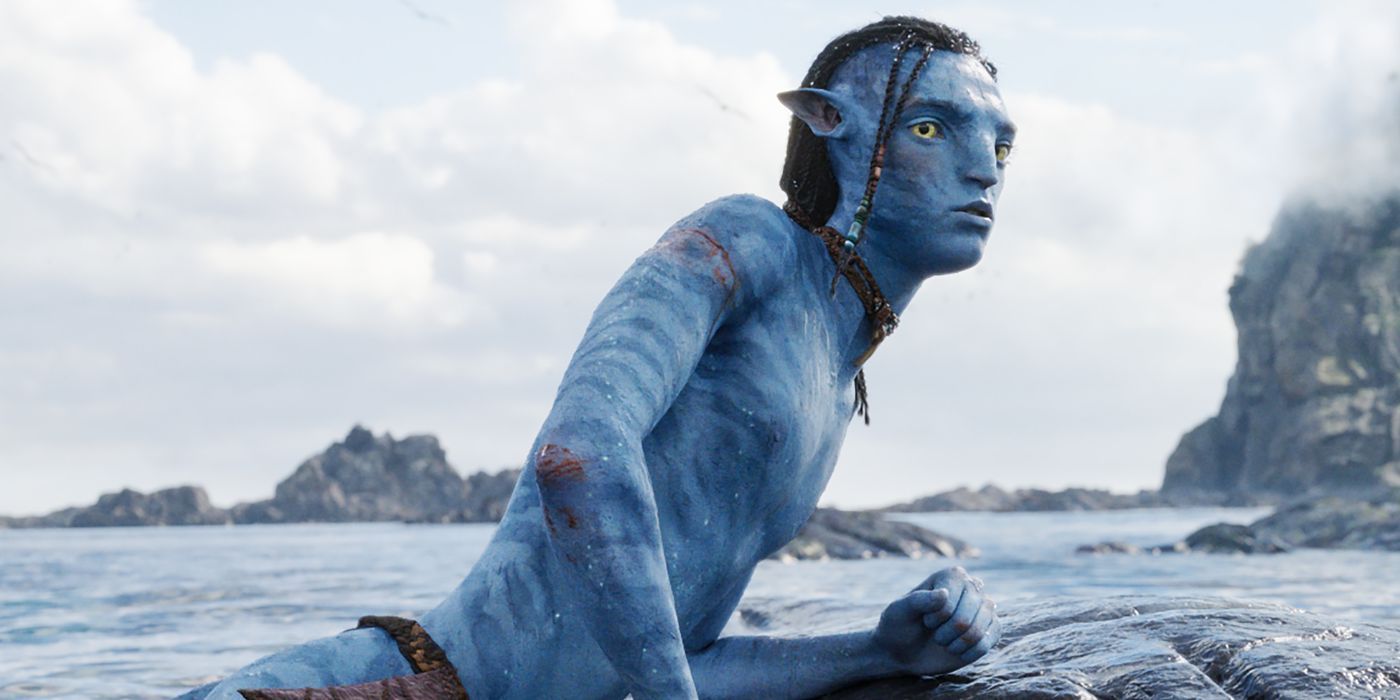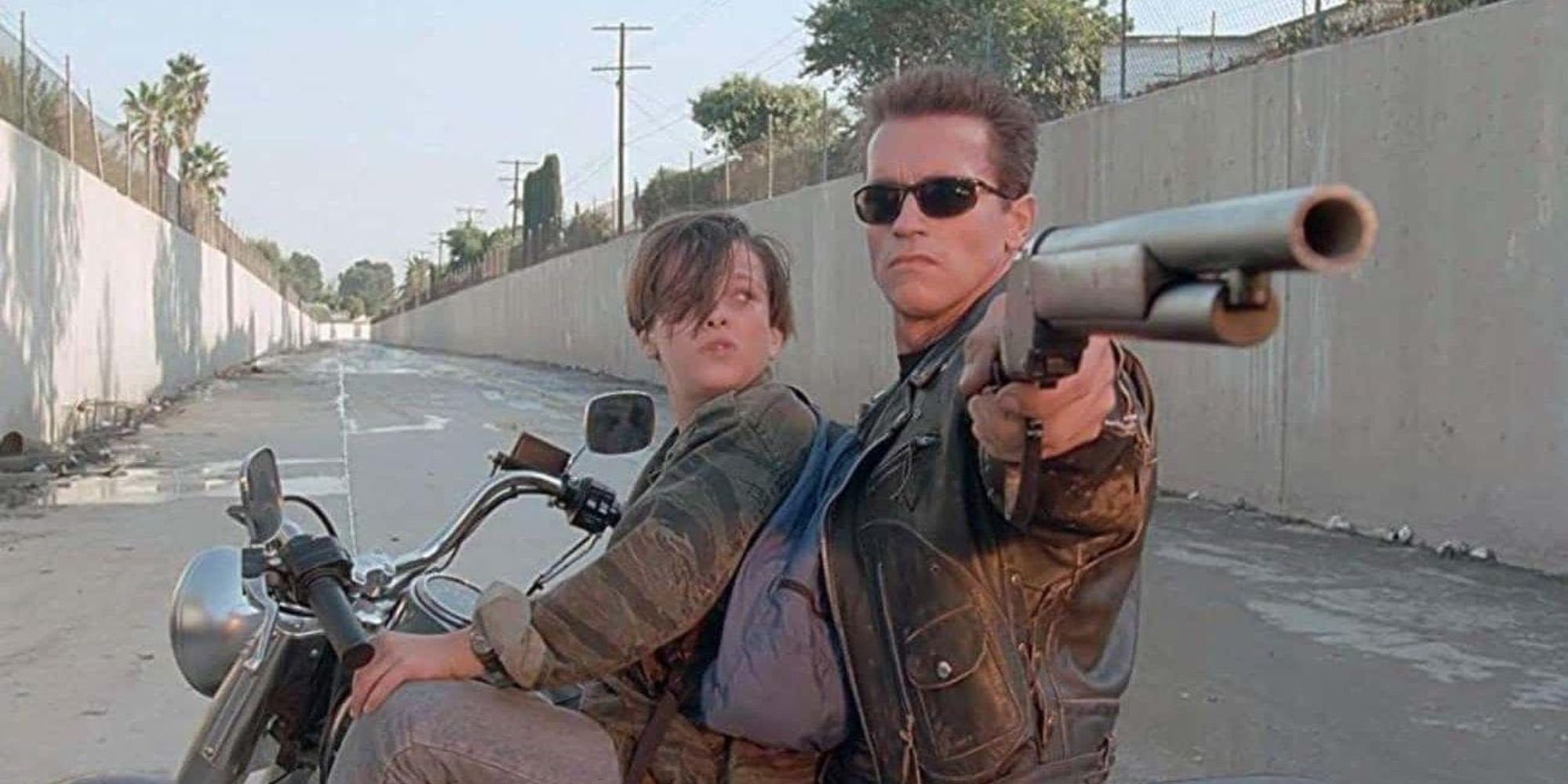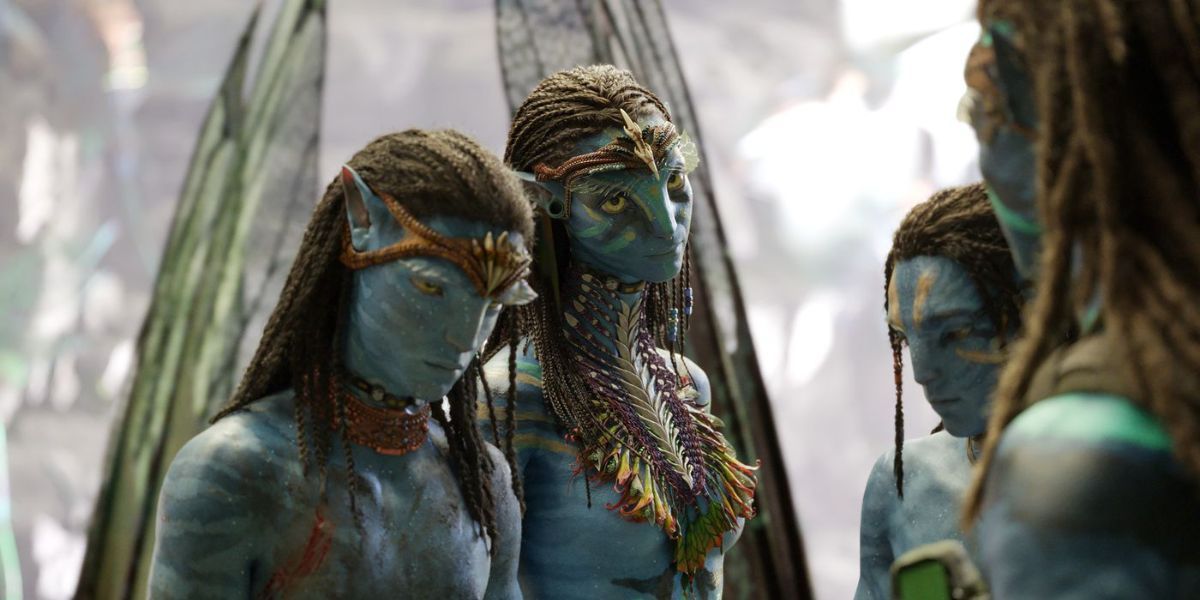One of James Cameron's greatest strengths as a filmmaker is how well he makes sequels. Many filmmakers and stars avoid the challenges of sequels whether it is for lack of good ideas or fear they won't live up to expectations and lose their audience. James Cameron, however, has made sequels since the start of his career. With Aliens, Terminator 2: Judgment Day, and now Avatar: The Way of Water, Cameron continues a legacy of creating sequels on par with or surpassing the original films themselves. With his sequels, having the world, tone, characters, and mythology all established, Cameron is able to tell deeper and more meaning full stories while expanding the scope of the predecessor time and time again.
Beyond his sequels, it is impossible to deny that James Cameron is one of the most prolific filmmakers since his debut in 1980s. He makes movies at the most grand scale possible, requiring some of the largest budgets ever to bring his visions to life, and in return has made some of the highest grossing films of all time. Cameron's success isn't just due to the gargantuan size of his productions, but his incredible skill as a filmmaker who can deliver. Throughout his career, James Cameron has made clear and proficient action sequences in movies like The Terminator, Aliens, and True Lies. His work has pushed special effects both technologically and creatively with projects like The Abyss, and Terminator 2: Judgment Day. Underneath these cinematic tools, though, James Cameron consistently uses simple storytelling tropes to create plots and characters that are undeniably compelling as seen in epics like Titanic, and Avatar. In his sequels, James Cameron takes those compelling beginnings and spins them into bolder, more meaningful next chapters.
James Cameron's Sequels Are Bolder Than the Originals
One thing James Cameron understands about returning to a story is that it has to be bigger and better. There can't just be one alien, it has to be aliens. One terminator is bad enough, what about two? It was great meeting the forest dwelling tribe of Na'Vi, but who are these islander Na'Vi? It's not just simple multiplication though. A sequel needs to be bigger so that the characters aren't facing challenges they've already overcome. No one wants to see the same thing over and over again, so Cameron heightens the stakes. He makes the challenges more insurmountable while not forgetting what the characters have been through. He uses the first movies as a springboard to expand and grow beyond where the last story left off. In doing so he increases the scale and spectacle, often creating groundbreaking visual effects. From the T1000 (Robert Patrick) walking through the prison bars to the diving sequences with the Tulkun, Cameron makes sure a sequel always delivers with a new bag of tricks.
In James Cameron Sequels, the Original Story Evolves
If the films James Cameron was making sequels to were not great to begin with he wouldn't be making sequels to them. With all due respect to Alien, The Terminator, and Avatar, the stories are fairly simple. Avatar is often compared to Pocahontas and Dances with Wolves as a story about an outsider being embraced by an indigenous culture and then turning on his own people. Terminator is a cat-chase-mouse story elevated by its effects and action. And Alien was literally sold as "Jaws in space."
Each movie is effective in its own right, but Cameron uses the sequels to address more the original stories didn't get the chance to explore. Aliens layers in an outstanding action movie on top of the sci-fi horror vibes from the first, while also critiquing capitalistic greed. Terminator 2 is no longer cat against mouse, but cat against cat with one cat protecting the mouse. It also becomes not just about saving the future leader of the resistance, but stopping judgment day all together. Way of Water continues the preservationist themes from the first movie, but instead of simply pitting good against bad, questions which response is right: fight or flight. With each of his sequels, Cameron finds new elements already present in the original films and enhances them thus making the stories more meaningful.
In James Cameron's Sequels, Complex Characters Resonate More
At the 1987 Academy Awards, Sigourney Weaver was nominated for her first Oscar nomination for James Cameron's Aliens. A highly irregular feat as the Academy normally ignores genre blockbusters in the acting categories. While Weaver lost the award to Marlee Matlin, the nomination is indicative of Cameron's strength in creating more engaging characters in his sequels. Each of his sequels ups the dramatic complexity of the protagonists from the first film. Ellen Ripley (Weaver) is a skeptical survivor dealing with the trauma of her first Xenomorph encounter, only to overcome it all in order to protect her surrogate daughter.
Not only does Cameron bring Arnold Schwarzenegger back as the T800, but has the character literally reprogrammed, making a hero out of the unique character from the first one. Sarah Conner (Linda Hamilton,) much like Ripley, is now recovering from her experience by becoming hyper militant, but also someone who goes too far in her actions to prevent Judgment Day. This makes her not just a flat virtuous hero, but one working in the more morally gray. On top of that, Cameron adds a complex relationship at the center with the T800 learning humanity from John Conner, Sarah needing to trust the same machine that tried to kill her, and John (Edward Furlong) and Sarah having to rebuild a fractured relationship. Like with the effects and story, Cameron takes surface level characters and adds depth which allows them to resonate with audiences more.
Avatar: The Way of Water is no different when it comes to deepening the characters. Jake Sully (Sam Worthington) is no longer a marine savior, but a father wrestling with how to raise his children and not always doing it well. In particular, his major choice at the beginning is exactly what he has to overcome by the end. The protagonist now has a central flaw that is understandable, which is always more compelling in a story. The new characters also bring new problems and new emotions that the audience can relate to, whether it is the struggle of not disappointing your father like Neteyam (Jamie Flatters) feeling like an outsider like Lo'ak (Britain Dalton,) or not knowing who you are like Kiri (Sigourney Weaver.) By far the most interesting development is the return of Miles Quaritch (Stephen Lang) and his son Spider (Jack Champion.) In his new Na'Vi body Quaritch is revived and more menacing with his revenge mission to find Jake Sully. But having a son who is not only aligned with the native Na'Vi but feels adopted by them, creates incredible tension throughout and to the very end. While on opposing sides, they have this pull towards one another. Never enough that either gives up what they believe in, but it complicates what they're willing to do. Like people in real life, these characters are not entirely good or bad which makes for a much more engaging experience than a simple black or white.
James Cameron is exceptional sequels. He is even exceptional at pitching sequels. While some commotion has been made about how much money needs to be made for Avatar: The Way of Water to be considered a success and whether audiences even want a sequel to Avatar, Cameron's track record with sequels should have been a clear enough sign this was not to disappoint. The next movie in the Avatar franchise isn't set to release until 2024, but if Cameron is able to keep up, it may even be better than Way of Water.




